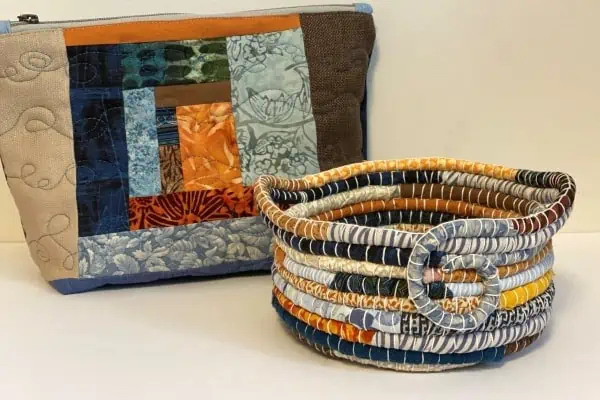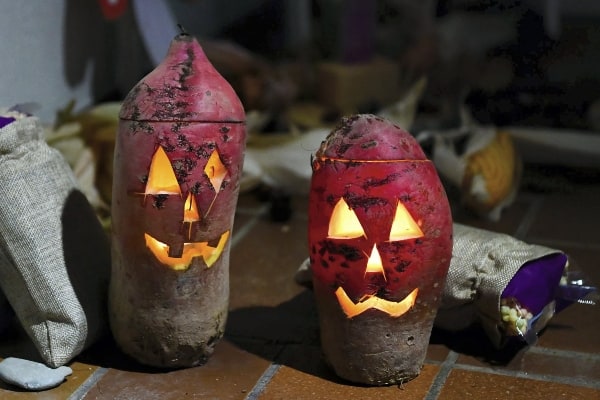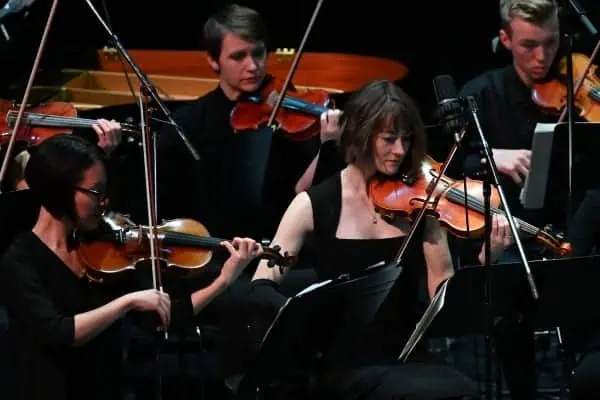During the late 1600s, over 2,000 coffee houses existed in London, England. For a country whose popular culture is associated with tea, it is remarkable to discover that London had such a earnest affair with coffee.
Aside from the warm beverage, the coffee houses were places where people of intellect would discuss ideas. If you look at artists’ renditions of English coffeehouses, the scene is quite bustling with men dressed in the height of fashion, engaging in meaningful conversation.
In 2015, not too much has changed in coffee house culture. The beverages may have evolved to include more than basic java, but the concept remains the same. Any time I walk through Baked, or Starbucks, I always see groups of people sitting at tables having what appears to be detailed conversations. I have even had a few myself.
The other thing I have noticed is the music. There tends to be an acoustic indie style of music playing in the background. Lately this style of music has become known as its own genre: coffee house. Pull up a streaming music service that has a coffee house playlist, and you will hear a well-balanced blend of folk, bluegrass and acoustic guitar songs.
In the Yukon, the Whitehorse Folk Society (WFS) has put together its own coffee house concept on the upper side of downtown at Main and 6th. The WFS holds its events on the first Saturday of the month in the basement of the Whitehorse United Church.
Each event features live musical performances paired with fresh baked goods and hot coffee. But there’s more. The performances are not just for the pros. Anyone who wants to sing something can perform a 12-minute set. Three opening slots per night are reserved for those soulful, budding musicians.
At the helm of it all is Paul Davis, who has been involved with the WFS since 1996 and believes that there must be something in the Yukon waters which churns out so much local talent.
This year’s WFS season began in October and will run until April, 2016. Some featured shows include a celebration of women and music, and an Alaska-Yukon show held in Whitehorse, but featuring talent from our neighbour. Some other notable names for this season are Liz Pilon, Katie Avery, The Next Generation, plus much more.
So, why the coffeehouse concept for the WFS?
“I think the coffeehouses work as a sounding board for musicians developing new material, or looking for new ensembles they might form,” says Davis.
With all the talent passing through WFS nights, there may very well be a superstar in the making. So how does one gain access to performing on the stage? It’s really quite simple, Davis says.
“Show up at 6 p.m. to help set up. Once we get the tables and chairs out, a membership is $5, gets you in for $4. Bring toonies and loonies; they’re handy, as we also have a tea and goodies service run by Kluane Bluegrass organization,” he says.
The WFS has a broad definition of what’s considered folk music. So, if you want to perform something that’s got a bit of pop or jazz mixed in, you are more than welcome to show off your style.
“We even had a killer drum solo one time from a guy who only had sticks, so I showed him our collection of plastic equipment bins, and he made something up on the spot!”
One other thing the WFS has become famous for is its poster. The same cartoon of musical animals have been featured on it since 1995.
You know what they say: keep it simple. If the happily dancing animals are any indication of what the Saturday nights are like, I would definitely stop in.




